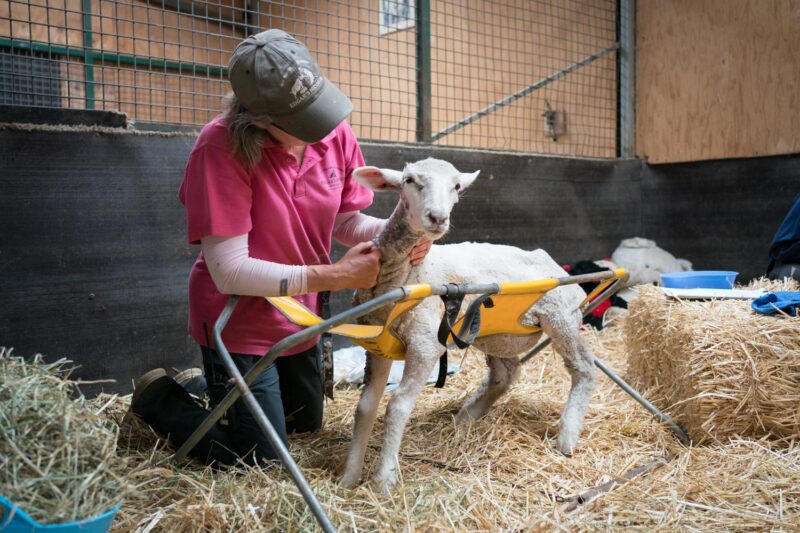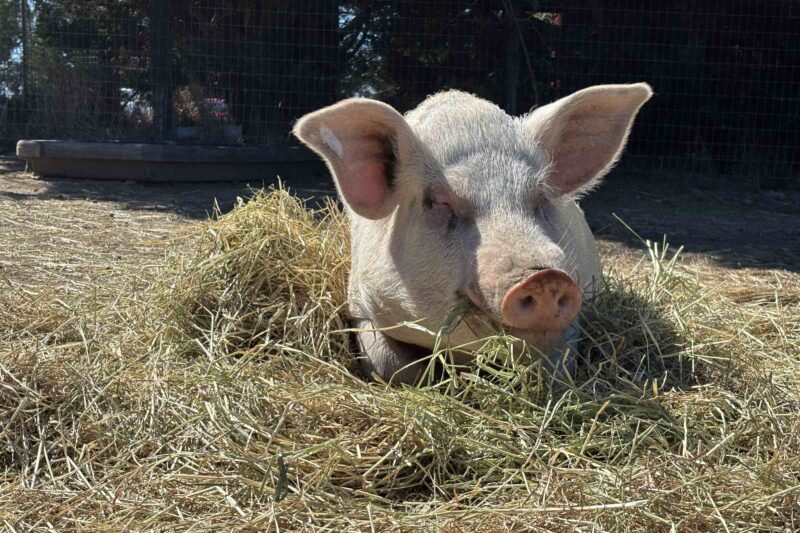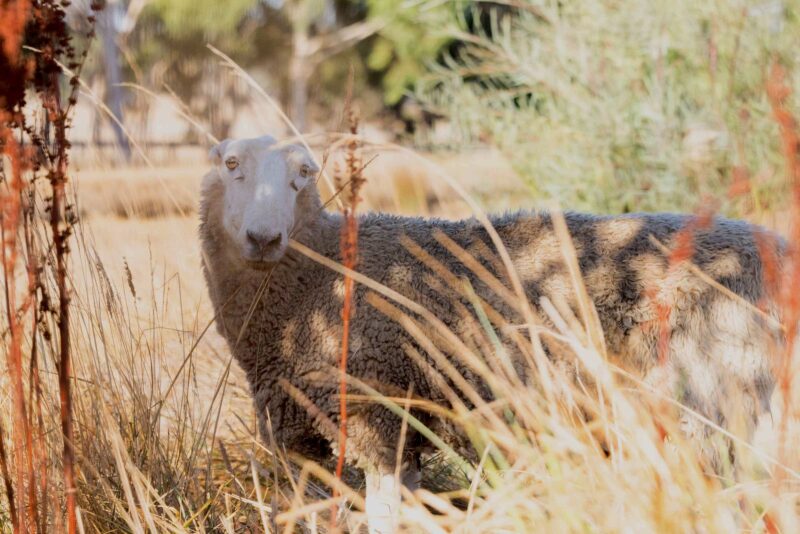
We did just last week, and forever their pitiful dirges will haunt us. As first it was their midnight bellows that stirred me from my bed.
Thinking our own bovine residents were in some distress roused me from my much-welcomed slumber. Trudging off down the lane, I quickly realized I was, in fact, heading away from the distressed cries not toward them. Clearly the calls were coming from a neighbouring farm, but just where in the murky darkness I could not tell.
As the sun’s rays came to claim the night, the mooing continued to tug at our heartstrings. With compassion and curiosity my driver I again trudged off to investigate and soon found the source.
Contained in a small wooden pen were a dozen or more wide eyed and confused youngish calves of around four to six months of age. In the pen next to them was the same number of female cattle, equally wide eyed and calling out for their babies. Rounding out the adjacent pen was a very large bull, who looked on intently, no doubt awaiting his call to ‘duty’.
It has been said that curiosity killed the cat and in this instance it certainly killed a piece of my heart. Trekking back to the sanctuary, stopping momentarily to tell two of our cattle, dear Hansel and Gretel how much I loved them, I soon relayed my tale.
With the pleading cries continuing throughout the remainder of the day and into the night, retreats to our bedrooms provided no relief. By mid morning the next day the calls had ceased, and the young calves were gone.
The grief imposed by the separation of the mother cow and her offspring is well discussed in the dairy industry, but little thought is given to cattle raised for beef production.
The bonds formed between mother cow and calf predate delivery and the longer period of time ‘beef ‘ cattle have to bond with their babies mean that the grief experienced is even more well grounded and established as it is real and heartbreaking. Mother cows recognize not only the sight but also the sound and smell of their own offspring, and they have been known to go to great lengths to find their babies once taken away.
Dr. Holly Cheever relates a true tale of a Swiss Brown cow who, as a result of her fifth pregnancy, gave birth to twins. She returned to the dairy with one calf who was (like all those she had given birth to previously) quickly taken away. At a loss to understand why the renowned milk-producing cow returned each day with an empty udder, workers followed the cow to investigate. There hidden at the edge of the paddock was their answer, a baby. That baby too was then taken away.
The sad reality for these gentle cows, like all other animals that are farmed for food and fibre, is that their suffering is as unseen as it is unheard.
Tucked away on rural farms, hidden by bucolic fields of green pasture or large industrial like sheds that more resemble huge manufacturing buildings than confinement facilities for sentient beings, we cannot hear their cries.
As we wander supermarket aisles, we cannot see behind the pristine packaging to truly witness the lives we impose upon these animals. These are animals who cherish their lives and that of their babies every bit as much as we do ours.
I remember well that for years I lived in ignorant bliss, hoodwinked by a society that never encouraged anyone to question the status quo. While ignorance may have been bliss for me, it certainly wasn’t for the animals.
So, as the festive season approaches and messages of peace and goodwill are spread, I truly believe that we can live happy and healthy lives without harming others. If only people could hear the cattle cry.









